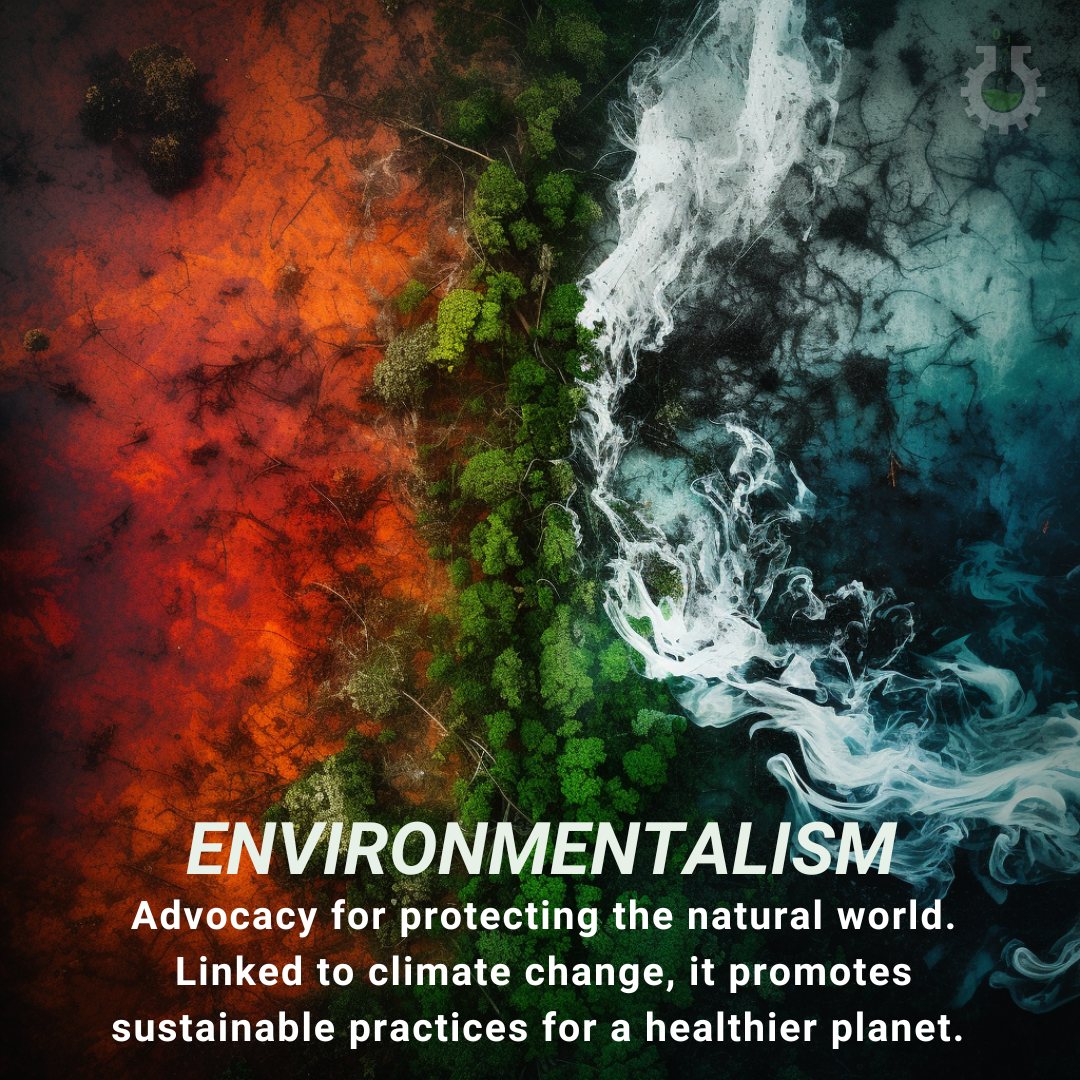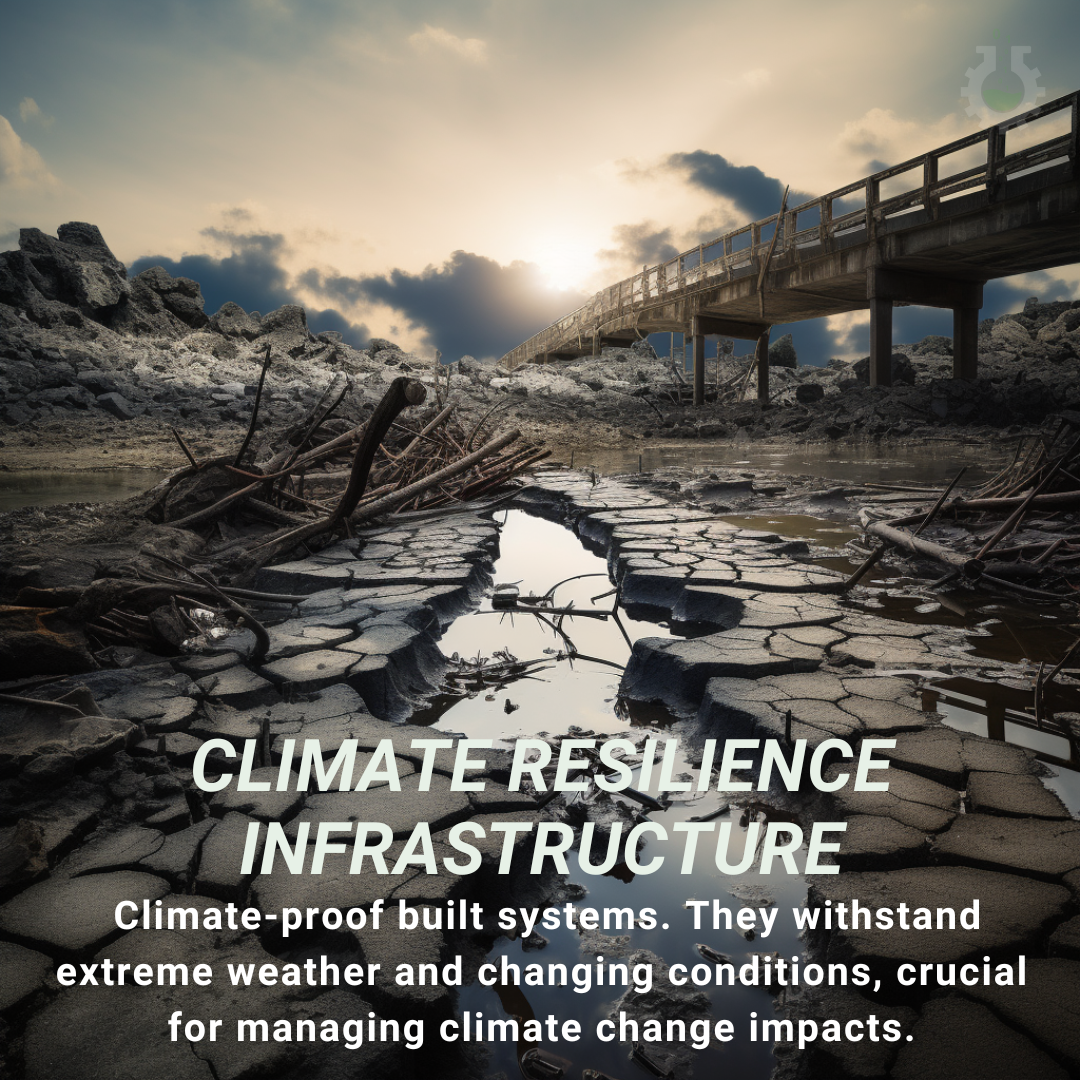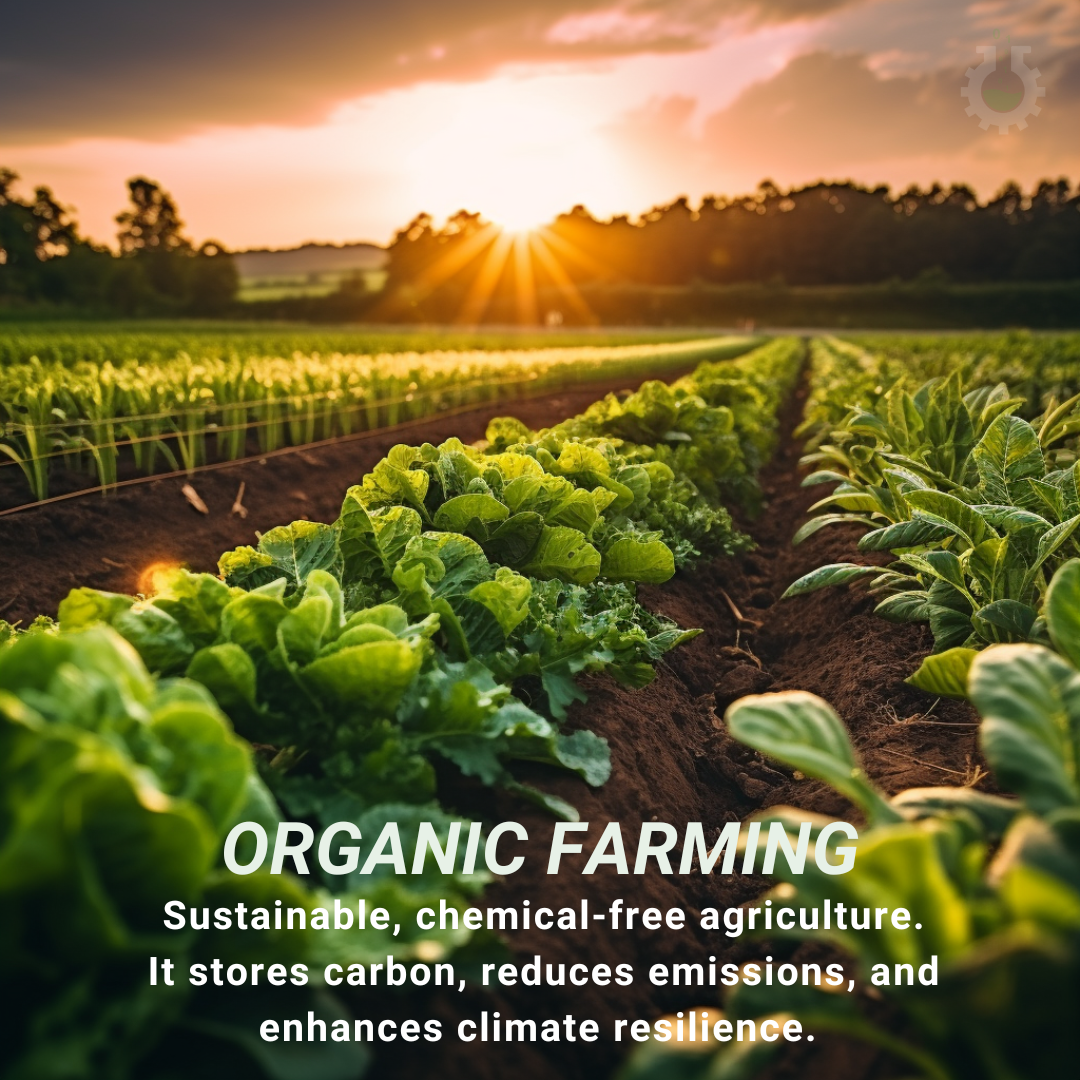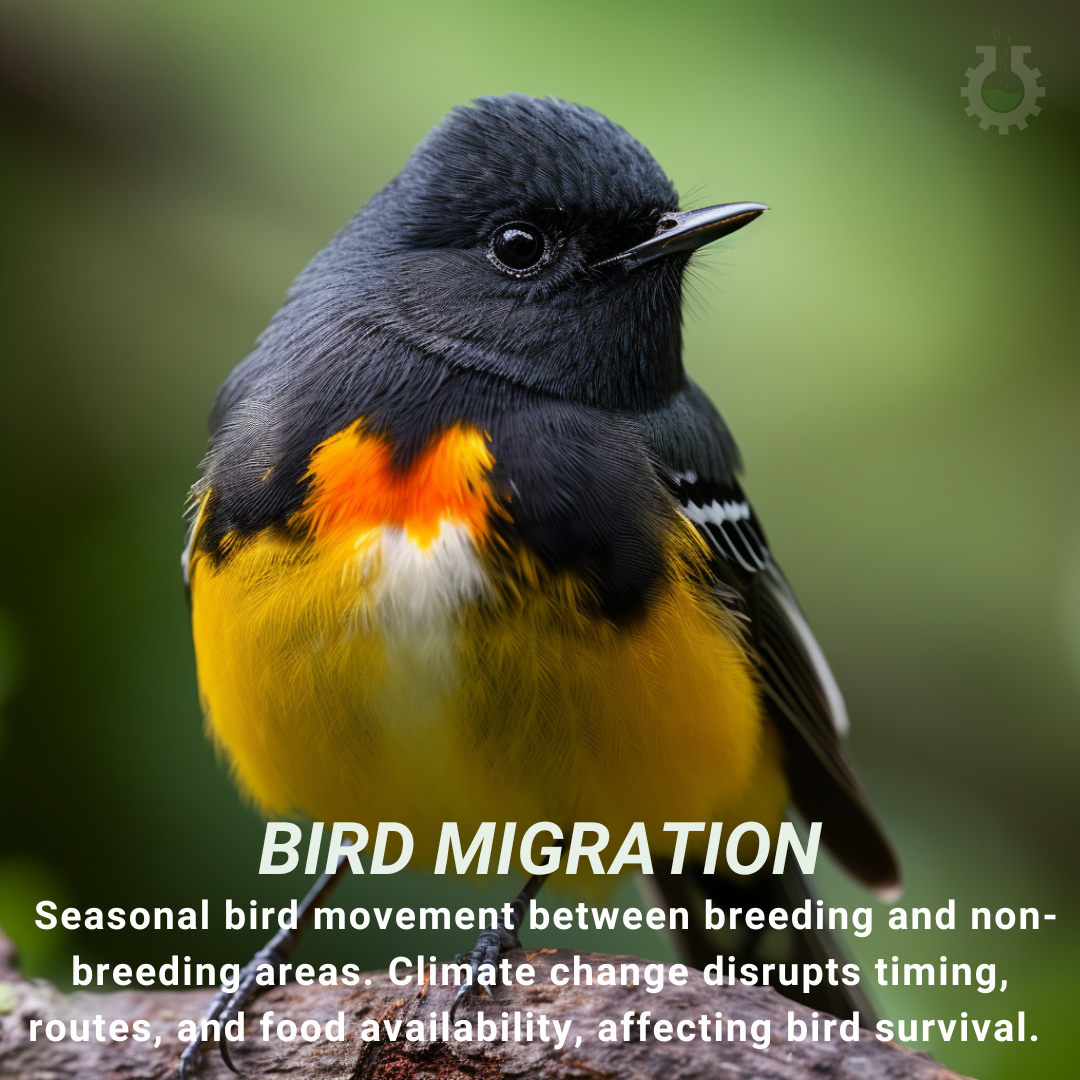Environmentalism is a social and political movement advocating for the protection and preservation of the natural environment. It involves efforts to address issues such as pollution, deforestation, and climate change. Environmentalism and climate change are closely linked as the movement seeks to mitigate human activities that contribute to climate change, advocating for sustainable practices and policies […]
Ozone Depletion is the reduction of ozone molecules in the Earth’s stratosphere, primarily caused by human-made substances like chlorofluorocarbons (CFCs). While ozone depletion and climate change are distinct issues, they share some connections. For example, certain ozone-depleting substances also contribute to the greenhouse effect, influencing Earth’s temperature. Addressing ozone depletion is crucial for protecting the […]
Nutrition is the process of providing the body with essential substances for growth, health, and energy. Nutrition is closely connected to climate change as it involves the production and distribution of food, which can be affected by changing climate conditions. Climate change can impact the availability and quality of food, affecting global nutrition and food […]
Landslide is the sudden and often catastrophic movement of rock, soil, and debris down a slope. Climate change can increase landslide risk by altering precipitation patterns and causing more frequent and intense rainfall events, destabilizing slopes and leading to more landslides. Adaptation and preparedness measures are essential to mitigate landslide impacts in a changing climate.
Global Mountain Landscape: Extensive highland regions characterized by rugged terrain, often including mountain ranges and plateaus. These areas play a vital role in providing freshwater resources, supporting biodiversity, and offering unique ecosystems. Connection to Climate Change: Global mountain landscapes are particularly susceptible to climate change impacts, including temperature rise and altered precipitation patterns. These changes […]
Global Freshwater Biodiversity: The variety of life found in Earth’s freshwater ecosystems, including rivers, lakes, and wetlands. It encompasses diverse species of plants, animals, and microorganisms adapted to freshwater environments. Connection to Climate Change: Climate change impacts global freshwater biodiversity by altering water temperatures, flow patterns, and water quality. These changes can disrupt aquatic ecosystems, […]
Climate Resilience Infrastructure: Built systems and facilities designed to withstand and adapt to the impacts of climate change. These include structures that can endure extreme weather events, rising sea levels, and changing climate conditions. Connection to Climate Change: Climate resilience infrastructure is essential for managing the adverse effects of climate change, reducing damage and disruption […]
Organic Farming: A sustainable agricultural practice that emphasizes natural and chemical-free cultivation methods. It aims to promote soil health, biodiversity, and reduce the use of synthetic pesticides and fertilizers. Connection to Climate Change: Organic farming helps mitigate climate change by sequestering carbon in soils, reducing greenhouse gas emissions, and enhancing overall resilience to changing climate […]
Bird Migration is the seasonal movement of birds between breeding and non-breeding areas, often over long distances. It’s an essential part of avian life cycles. Connection to Climate Change: Climate change affects bird migration by altering the timing of seasonal events, impacting food availability, and disrupting traditional migration routes. These changes can challenge bird species’ […]
Invasive Species: Non-native plants, animals, or microorganisms introduced to new ecosystems. They outcompete or harm native species, disrupt ecosystems, and can thrive in changing climate conditions. Connection to Climate Change: Climate change can expand the range and impact of invasive species, as warmer temperatures and altered conditions create more suitable habitats. These invasives can further […]












